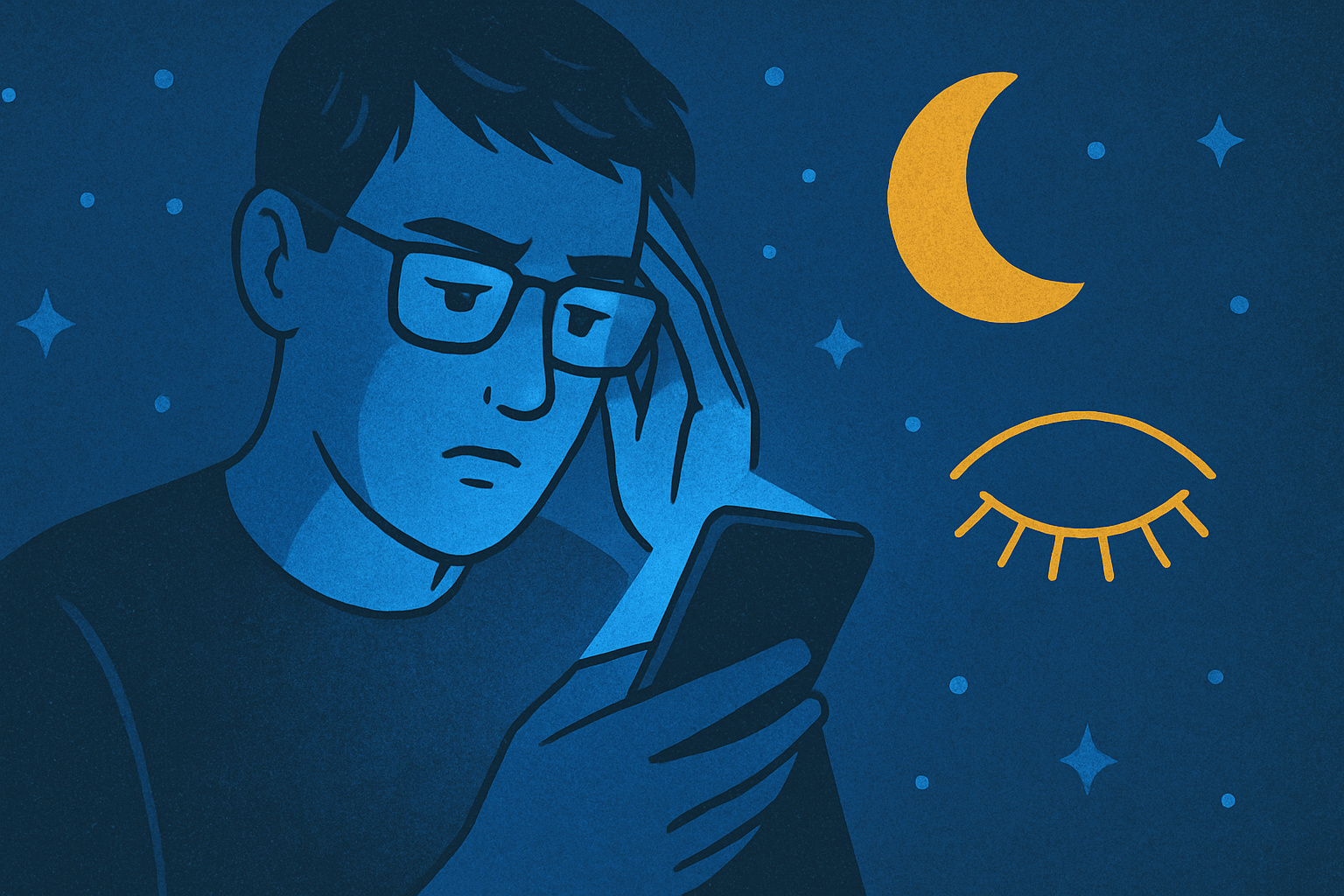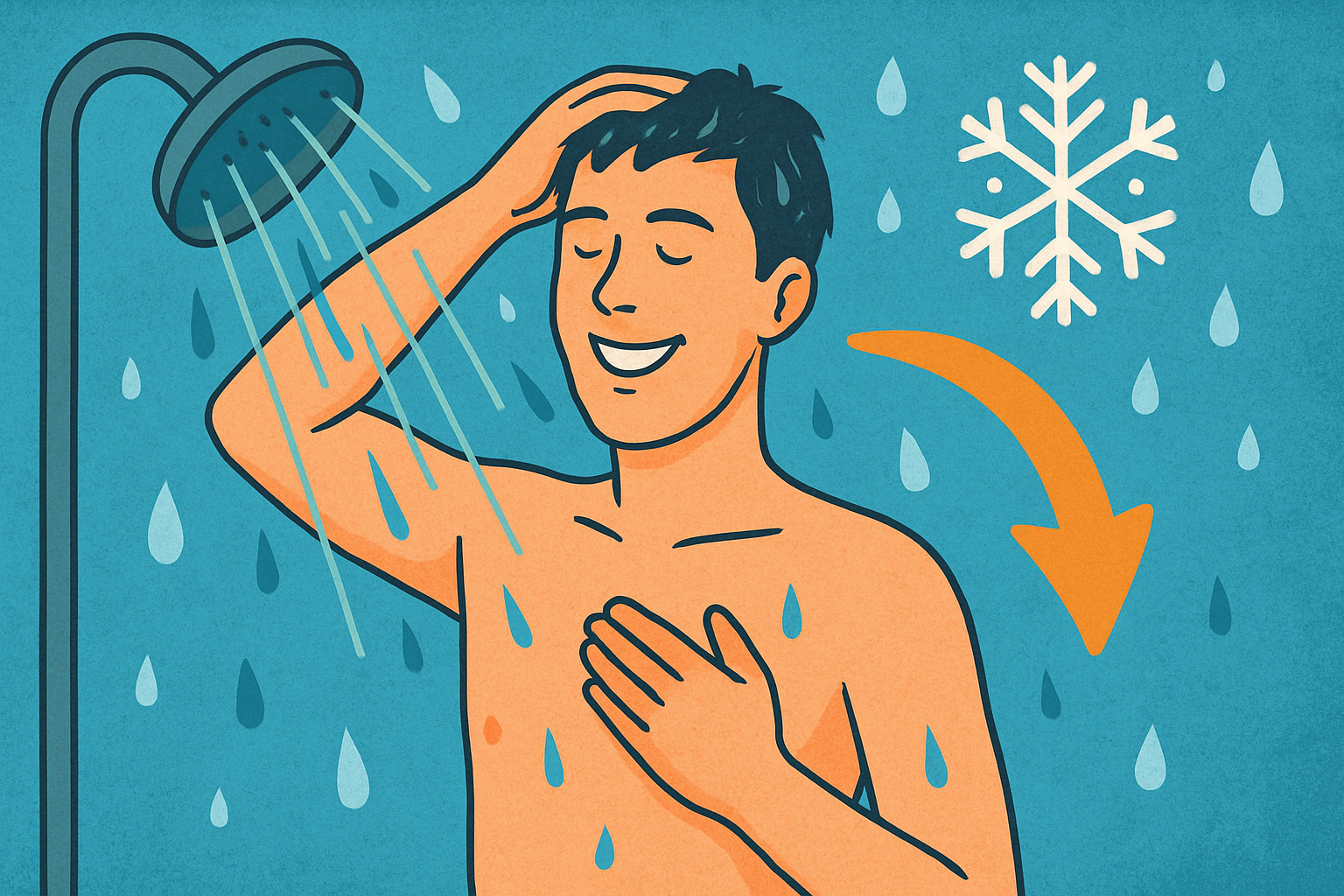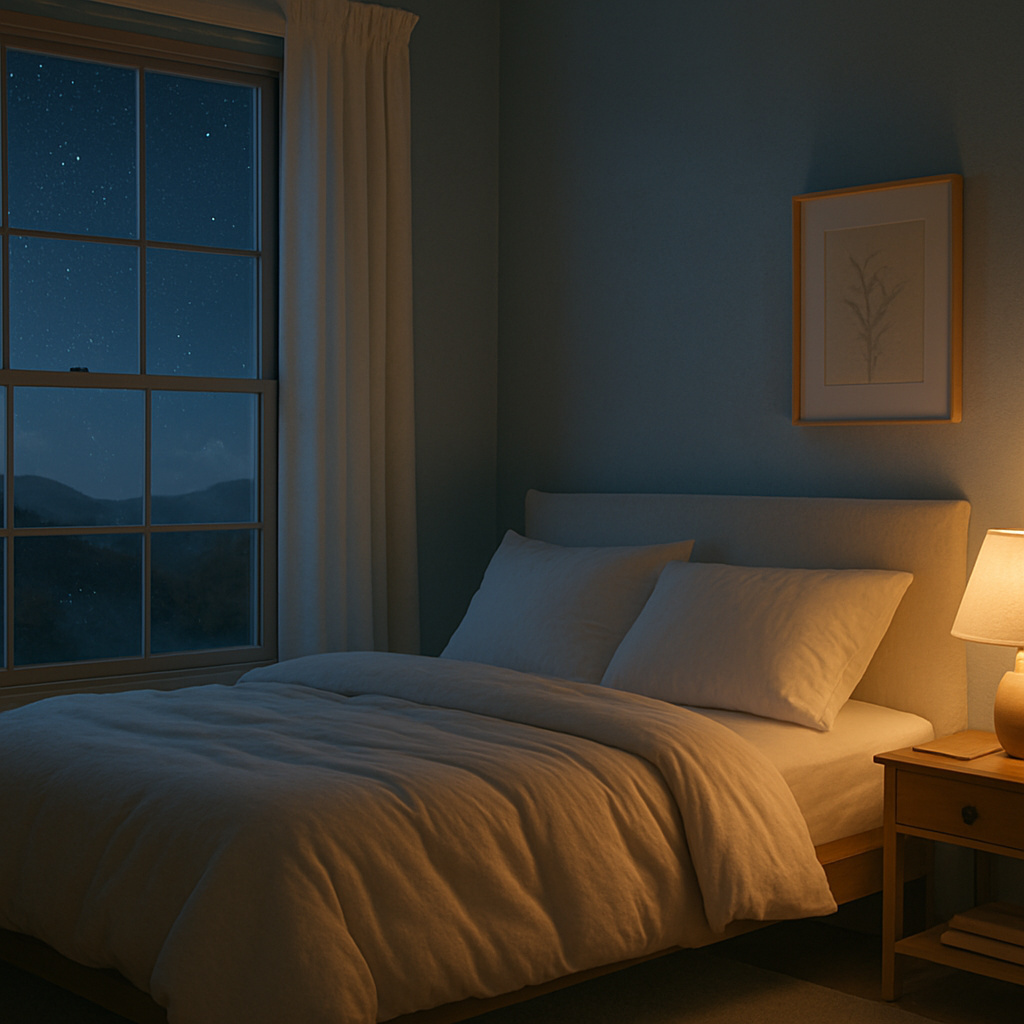
In today's digital age, particularly by the year 2025, we are continuously bombarded with blue light from various sources, notably our pervasive use of screens. From smartphones to laptops, our exposure to blue light has soared, raising concerns about its impacts on our sleep patterns and overall eye health. This article delves into the effects of blue light, guiding you on how to mitigate its risks and optimize your exposure to protect your health.
Blue Light Exposure and Its Effects on Health
Blue light is a type of high-energy visible light with shorter wavelengths and more energy compared to other types of light. Predominantly emitted by LEDs, smartphones, tablets, and computer screens, blue light plays a crucial role in regulating our circadian rhythm—our natural sleep and wake cycles. While natural exposure from the sun is beneficial during the day, excessive exposure to artificial sources, especially at night, can disrupt this rhythm and impair our sleep quality.
Furthermore, there seems to be a growing body of research suggesting that prolonged blue light exposure can lead to digital eye strain, characterized by symptoms such as headaches, dry eyes, and blurred vision. Moreover, there is ongoing research into how chronic exposure could potentially contribute to retinal damage and other long-term eye complications.
Choosing the Right Strategies to Reduce Blue Light Exposure
Given the ubiquitous presence of blue light, there are several effective strategies to limit exposure, particularly during evening hours:
- Use of Blue Light Filters: Many digital devices come with settings that reduce blue light emission; these can be activated manually or scheduled according to one's usage pattern.
- Screen-free Times: Establishing regular intervals where screens are avoided, such as during meals or an hour before bedtime, can significantly decrease blue light exposure.
- Adjusting Screen Settings: Reducing screen brightness or adjusting the color temperature to a warmer setting in the evenings can help mitigate blue light impact.
Maintaining and Monitoring Your Blue Light Exposure
To maintain healthy levels of blue light exposure, it is also important to regularly monitor and adjust your habits:
- Conduct regular eye exams to assess eye health and discuss potential concerns about screen time with an optometrist.
- Make use of apps or software that track screen time and provide reminders to take breaks or adjust lighting based on time of day.
- Encourage environments that utilize natural lighting and ergonomic setups to decrease dependency on artificially lit screens.
Costs Associated with Managing Blue Light Exposure
There are minimal costs associated with reducing blue light exposure. Most digital devices already come equipped with software options to adjust blue light emission. For those interested in further reductions, purchasing anti-blue light glasses or installing screen protectors specifically designed to filter out blue light can involve some additional, albeit typically minor, investment.
Summary
As we head deeper into 2025, managing blue light exposure remains crucial for maintaining optimal sleep health and protecting our eyes. Utilizing built-in digital tools, embracing screen-free time, and considering the use of protective eyewear can all contribute to minimizing the negative impacts of blue light. Regularly reviewing and adapting these strategies will help safeguard your circadian rhythms and overall well-being.



